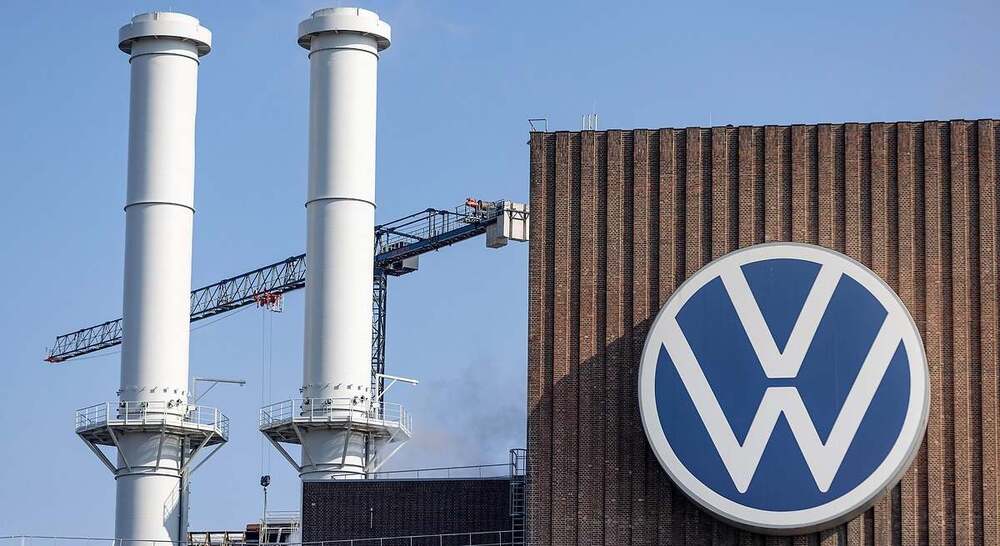The European automotive industry is heading into 2024 facing a series of challenges, marked by plant closures and staff reductions in some plants, which is creating uncertainty in both the labour market and the industrial sector.
Major players such as Stellantis, Michelin, Volkswagen, Bosch, Daimler Truck and Ford, among others, have taken these measures in response to factors such as low demand, rising costs and pressure from Chinese competition.
In this context, the question that arises is whether Spain could experience a similar impact.
Sara Martín, General Secretary of the UGT at the Stellantis plant in Zaragoza, analyses the situation in conversation with Mobility Portal España.

“I consider that Stellantis-Figueruelas has the competitiveness and quality necessary for us not to be affected in that sense,” she says.
And she adds: “However, no one can say ‘I will be saved from this’, because criteria can change from one day to the next.”
However, he does not believe that this is happening in the factory he represents.
Why? Because they excel in productivity, are strategically well located and maintain high quality standards.
According to Martin, in the most difficult times, the company competed in terms of efficiency with German plants when it was part of Opel, and always managed to obtain good results.
“The same dynamic of professionalism is still in force in the factory, so I hope and trust that this situation will not arise,” she stresses.
A review of the European automotive landscape
European factories are showing signs of restructuring.
In recent months, automotive companies have announced plant closures and layoffs in several countries.
One of the most recent cases is that of the Swiss supplier Feintool, which will close one of its headquarters in Germany, affecting 200 workers.
Stellantis, for its part, announced the suspension of its Vauxhall van facility in England, putting more than 1,000 jobs at risk.
Volkswagen, one of the world’s largest carmakers, plans to cut up to 35,000 jobs by 2030.
In a recent agreement with the IG Metall union, the German company decided to avoid compulsory layoffs but will reduce wages and working hours in its home country.
And not only that.
Companies such as Michelin and Bosch have announced closures in France and massive cutbacks, respectively, citing Asian competition, high energy costs and a decline in competitiveness.
It is worth noting that a small part of Michelin’s production in Vannes will be moved to Vitoria, in the Basque Country.
In conversations with local media, the firm stressed that this transfer of activity to Spain will be “marginal” and will provide “a slight increase” in work.
In this regard, he indicated that no new hires are expected due to the low level of production in relation to its capacities.
Is Spain going against Europe’s grain?
While some countries are closing factories, the arrival of an Asian giant has recently been announced in the country.
With an investment of 4.1 billion euros, the joint venture between CATL and Stellantis places Zaragoza on the global map of electrification.
This involves the construction of a gigafactory in Figueruelas , with a projected capacity of up to 50 GWh, which will guarantee the supply of cells for electric vehicles in segments B and C.
Production is planned for 2026 and the operation is expected to be completed in 2025.
What led CATL to choose this site?
According to Sara Martín, one of the main reasons is its strategic location: “From a logistical point of view, we are in a key position.”
In this regard, she explains: “We are very well connected to both Madrid and Barcelona, in addition to our proximity to the Mediterranean corridor, which links Africa to Europe via France.”
The work culture and commitment of Aragon workers were also decisive, according to the UGT representative.
“It is said that Aragonese are stubborn and noble,” she says.
Thanks to this, she says that they have managed to make all the projects within the factory “move forward.”
“The seriousness of our work and our perseverance are characteristics that define us, and I believe that these factors have been decisive for CATL to decide on Zaragoza,” she explains.
Another factor that may have influenced the decision is a collective agreement negotiated at Stellantis, “reached at a time when the automotive sector had not yet faced such a crisis.”
“This guarantees us a future until 2027 and may have been one of the key factors for the company to decide to establish itself in our plant,” she argues.
The project not only positions Spain as a benchmark in the production of batteries for electric vehicles, but also reinforces Europe’s role in reducing emissions.
“Electrification is here to stay and in that sense Stellantis has already done its homework,” Martín points out.








